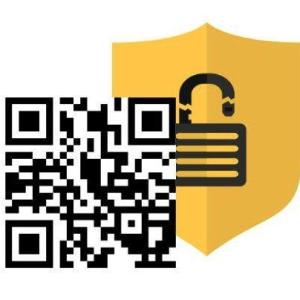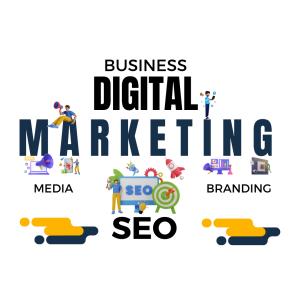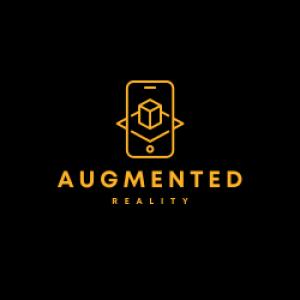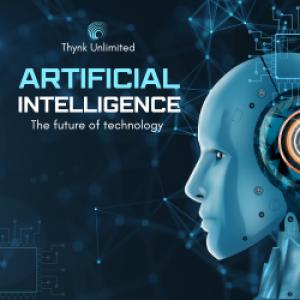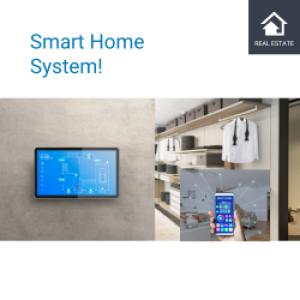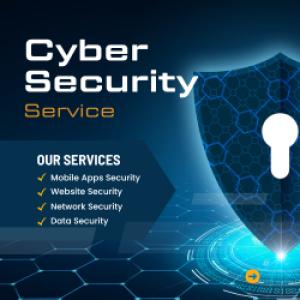The Role of Technology in Education: Enhancing Learning and Teaching
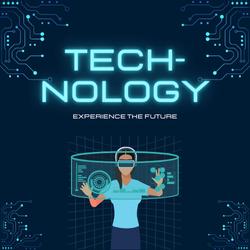
Technology has significantly transformed education by enhancing both learning experiences for students and teaching methodologies for educators. From digital classrooms to personalized learning platforms, technology has become an integral part of modern education, offering numerous benefits and opportunities for innovation.
Enhancing Learning Experiences
-
Access to Information:
- The internet provides students with access to vast amounts of information and resources beyond traditional textbooks. Online libraries, databases, and educational websites offer up-to-date content on a wide range of subjects, enriching students' learning experiences.
-
Personalized Learning:
- Adaptive learning technologies use algorithms to assess students' strengths and weaknesses, allowing for personalized learning paths. This approach caters to individual learning styles and paces, fostering better comprehension and retention.
-
Interactive Content:
- Multimedia tools, simulations, and educational apps make learning more engaging and interactive. Visual and auditory aids help clarify complex concepts, making lessons more accessible and enjoyable for students.
-
Collaboration and Communication:
- Technology facilitates collaboration among students and teachers across geographical boundaries. Tools like video conferencing, collaborative platforms (e.g., Google Workspace, Microsoft Teams), and discussion forums enable seamless communication and teamwork on projects.
-
Distance Learning:
- Especially highlighted during the COVID-19 pandemic, online learning platforms and virtual classrooms allow students to access education remotely. This flexibility accommodates diverse schedules and geographical locations, promoting inclusivity and accessibility.
Transforming Teaching Methodologies
-
Digital Tools for Teaching:
- Teachers use various tools such as interactive whiteboards, educational software, and learning management systems (LMS) to plan lessons, deliver content, and assess student progress efficiently. These tools streamline administrative tasks and allow more time for personalized instruction.
-
Data-Driven Insights:
- Learning analytics provide teachers with real-time data on student performance and engagement. This information enables educators to identify areas where students may need additional support, adjust teaching strategies accordingly, and measure learning outcomes more effectively.
-
Professional Development:
- Technology offers opportunities for ongoing professional development through webinars, online courses, and virtual workshops. Educators can stay updated on best practices, innovative teaching methods, and subject-specific advancements, enhancing their teaching skills.
-
Flipped Classroom Model:
- In a flipped classroom, students learn new content at home through online lectures or materials, while class time is dedicated to interactive discussions, activities, and problem-solving facilitated by the teacher. This model promotes active learning and deeper understanding of concepts.
-
Global Perspective and Cultural Exchange:
- Virtual exchange programs and digital collaborations with students from other countries expose learners to diverse perspectives and cultures. Technology breaks down geographical barriers, fostering global citizenship and intercultural understanding among students.
Challenges and Considerations
-
Digital Divide:
- Unequal access to technology and reliable internet connectivity can widen educational disparities. Addressing the digital divide requires investment in infrastructure and equitable distribution of resources to ensure all students can benefit from technological advancements.
-
Privacy and Security:
- Safeguarding students' data privacy and protecting them from online threats are paramount. Schools and educational institutions must implement robust cybersecurity measures and adhere to data protection regulations to ensure safe learning environments.
-
Technological Integration:
- Effectively integrating technology into curriculum planning and instruction requires training and support for educators. Professional development programs should focus on building digital literacy skills and fostering innovative teaching practices.
Conclusion
Technology plays a pivotal role in modern education by enhancing learning experiences, transforming teaching methodologies, and preparing students for the digital age. Embracing technological advancements allows educators to create dynamic, engaging learning environments that cater to diverse student needs and foster lifelong learning skills. While challenges like the digital divide and cybersecurity concerns must be addressed, the potential of technology to revolutionize education remains promising, paving the way for a more inclusive, accessible, and effective educational system.


















